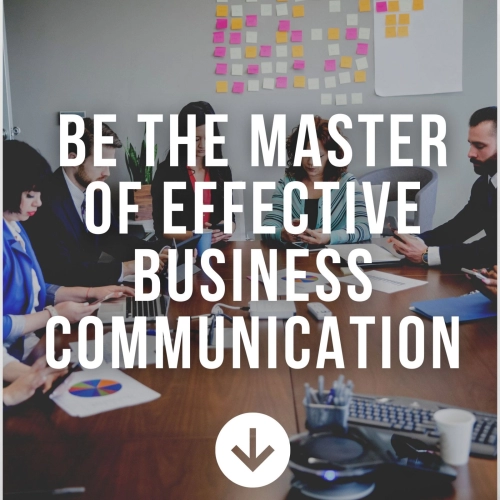Art of Assertive Communication
Art of Assertive Communication
Course Duration: 2 DaysIntroduction
Being assertive is a skill in communicating our opinions, perspectives, thoughts or emotions confidently, without being aggressive or passive. It empowers us to stand up for ourselves and in the process, we are still able to maintain long-term sustainable relationships with people. However, in the real world especially when we are in negotiations or dealing with irate customers, how do we speak up for ourselves and our organization without stepping onto the shoes of the other party and risk the relationship and the business? How do we look a person in the eye and share our views in a confident but non-threatening tone? What does it takes to achieve a mutually agreeable outcome without losing our composure and disrespecting the other party?This unique 2-day, activity driven program teaches skills that boost personal productivity and relationship building through increased understanding and effective implementation of the art of assertive communication. By providing you with a rigorous training environment, your active participation in our program will enbale you to apply and sustain your learning to a point of forming winning habits. You will have the ability to create the greatest positive impact when you are communicating your point at every given opportunity.
Art of Assertive Communication focuses on the following areas:
- Active listening
- Communication
- Discovery questioning
- Influence principles
- Persuasive language technqiues
Learning Outcomes / Benefits
After completing the training, you should be able to:- Handling objections in the workplace
- Improve your personal style of communicating
- Maintain long-term relationships effectively
- Negotiate outcomes professionally
- Understand and employ the buy-in process effectively
Key Content
Day 1:
Module 1: Overview
- Context setting
- Passive vs aggressive
- Confidence, clarity and control
- Types of behavior in communication
- Barriers to being assertive
Module 2: Communication
- The 7/38/55 Rule
- Verbal
- Vocal
- Visual
- Principles of influence
Module 3: Discovery Questioning
- 6 discovery questioning techniques
- The Funnel Model
- Tight conversation
- Power up!
- Asking purposeful questions
Module 4: Active Listening
- 6 active listening techniques
- Driving meaningful conversations
- Advanced interjection techniques
- Prioritizing needs
- Summarize and confirm
Day 2:
Module 5: Objections
- Why people object
- Objection handling vs negotiation
- 2 categories of objections
- 10 basic objection handling techniques
- QUIET and TEST techniques
Module 6: Objection Handling
- Skepticism
- Indifference
- Misunderstanding
- Drawback
- The PLUS Model
Module 7: Advanced Techniques in Objection Handling
- Benefits checklist
- LAQuER process
- Pain Gain Funnel
- How to turn around dead fish deals
- Negotiating with a liar
Module 8: Variables
- What are variables
- Get and give variables
- Yes-No-Yes Model
- Countering with variables
- Role play session
Inquiry - Art of Assertive Communication









